International Standards:
- ASME B16.5(U.S. Standard):Class 150, 300, 600, 900, 1500, 2500
- EN 1092-1(European Standard): PN6 to PN100.
- JIS B2220(Japanese Industrial Standard):5K to 63K
- GOST 12820-80(Russian/CIS Standard): 0.1 MPa to 2.5 MPa
- SABS 1123(South African Standard): PN6 to PN40.
- DIN 2573 : PN6 to PN40.
- BS 4504(British Standard): PN6 to PN40.
Pros:
- High Strength and Fatigue Resistance
- The tapered neck is butt-welded to the pipe, ensuring even stress distribution and minimizing stress concentration at the weld joint. Ideal for vibrating or thermal cycling environments (e.g., petrochemical plants).
- Far superior fatigue life compared to slip-on (SO) or loose flanges.
- High Pressure and Temperature Tolerance
- Supports high-pressure ratings like Class 2500 (ASME) or PN100 (EN), with a wide temperature range (-196°C to +800°C, depending on material).
- Sealing Reliability
- The sealing face (RF/FF/RTJ) is integrated with the neck, reducing thermal distortion risks. Ideal for leak-prone media (e.g., hydrogen, toxic gases).
- Ease of Alignment
- The neck matches the pipe’s outer diameter, simplifying alignment before welding and reducing installation errors.
- Longevity and Low Maintenance Costs
- No bolt hole wear issues; can be disassembled and reused repeatedly. Lower maintenance costs than threaded flanges.
Cons:
- Higher Cost
- Requires more material (additional steel for the neck) and complex machining. Unit cost is 2-3x higher than slip-on flanges.
- Requires skilled welders for butt welding, increasing labor costs.
- Weight and Space Requirements
- The neck adds weight (especially for large diameters), demanding stronger support structures. Unsuitable for space-constrained applications.
- Longer Installation Time
- Butt welding requires precise groove preparation and post-weld inspections (e.g., X-ray testing), extending installation time by 30-50%.
- Overkill for Low-Pressure Systems
- Performance exceeds requirements in low-pressure systems (e.g., below PN10). Slip-on (SO) or plate flanges (PL) are more cost-effective here.
- Strict Material Compatibility
- The neck and pipe must be the same material to avoid weld cracks in dissimilar metals, limiting design flexibility.
Description
A Weld Neck Flange (WN Flange) is a type of flange with a long tapered neck designed to be butt-welded to the pipe. The extended neck provides reinforcement, enabling it to withstand high pressure, temperature, and mechanical stress. It is widely used in critical piping systems where leak-proof integrity and durability are essential.
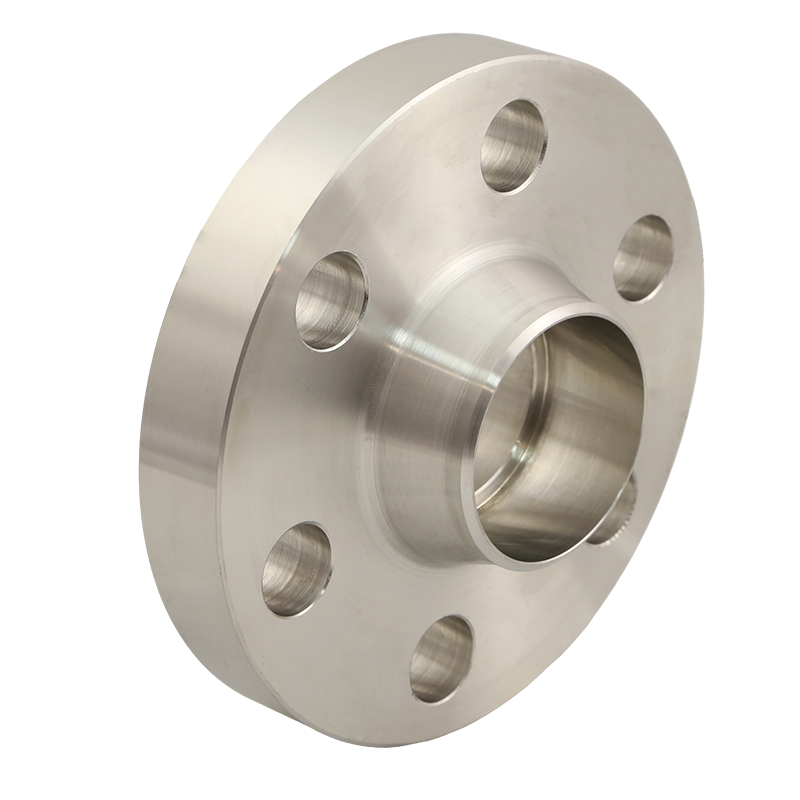
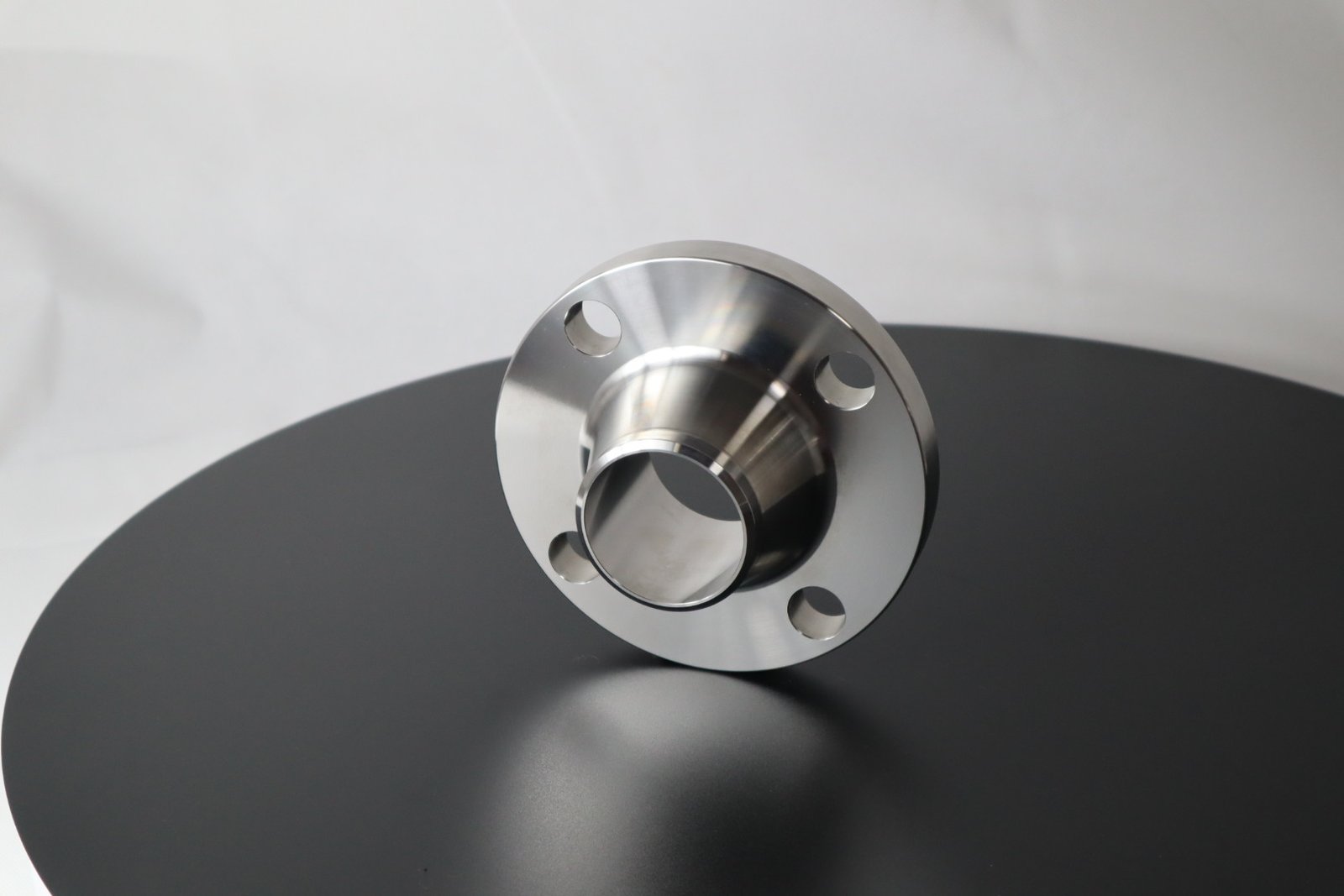
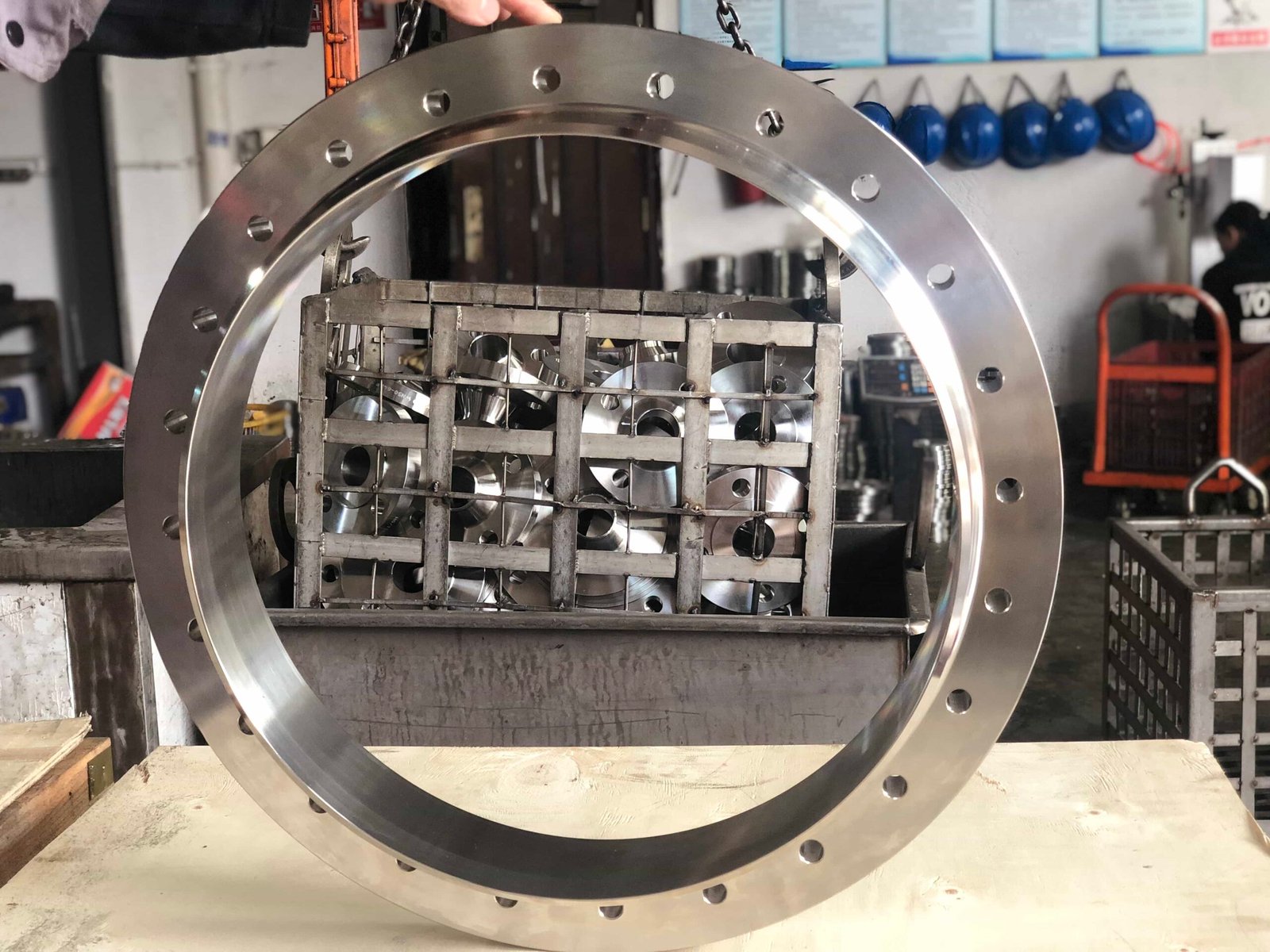
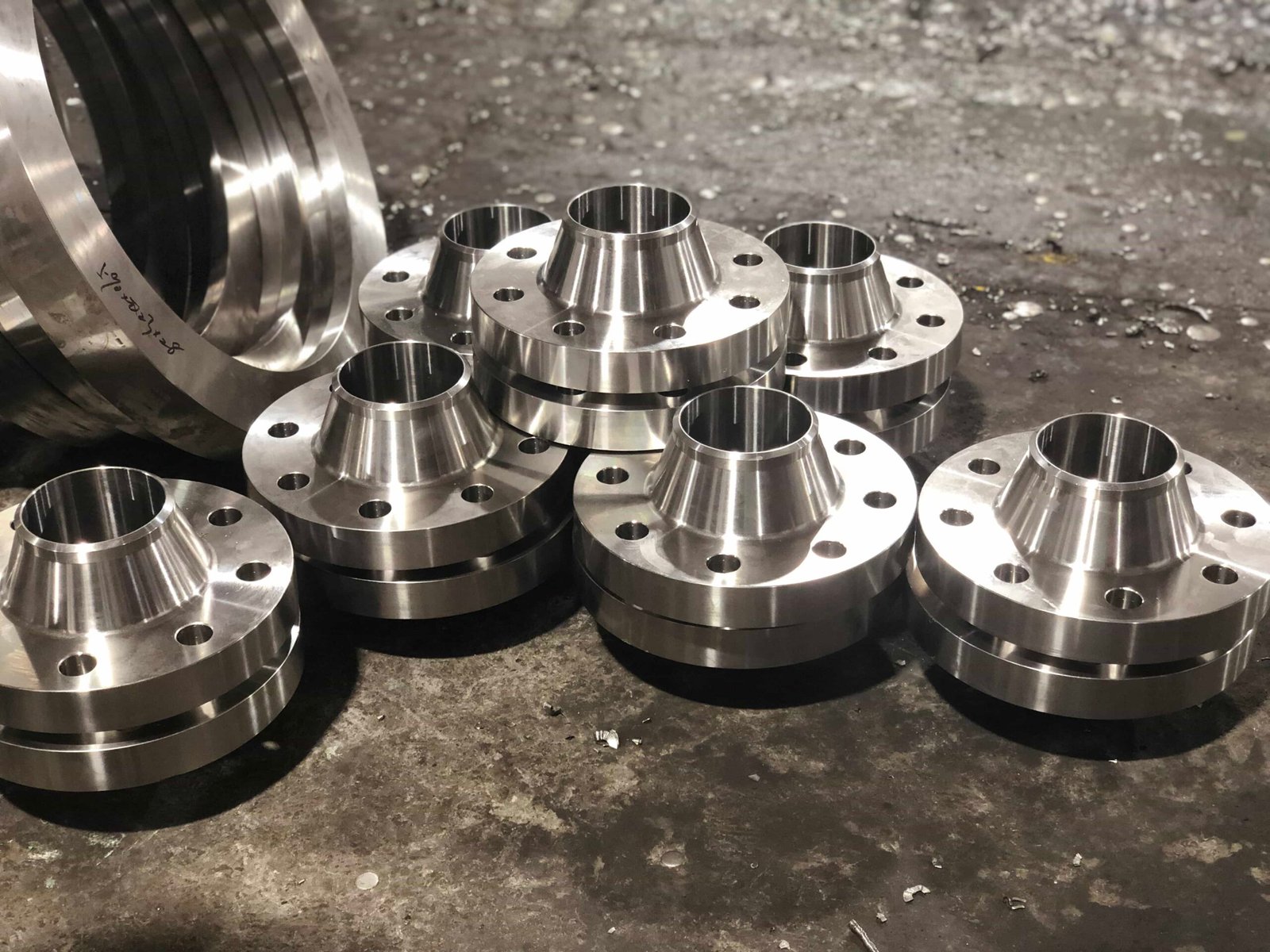
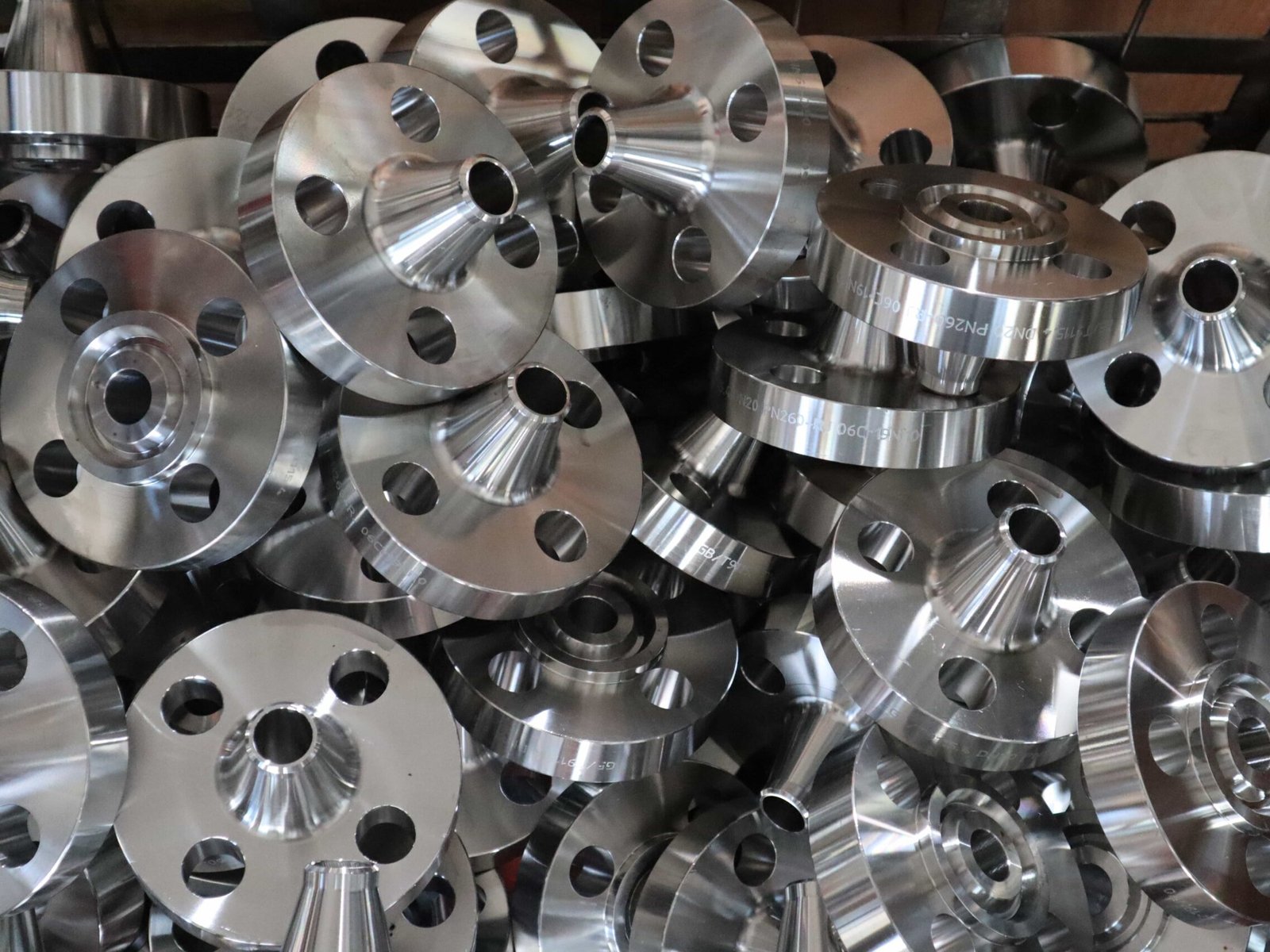



Saini –
GOOD.